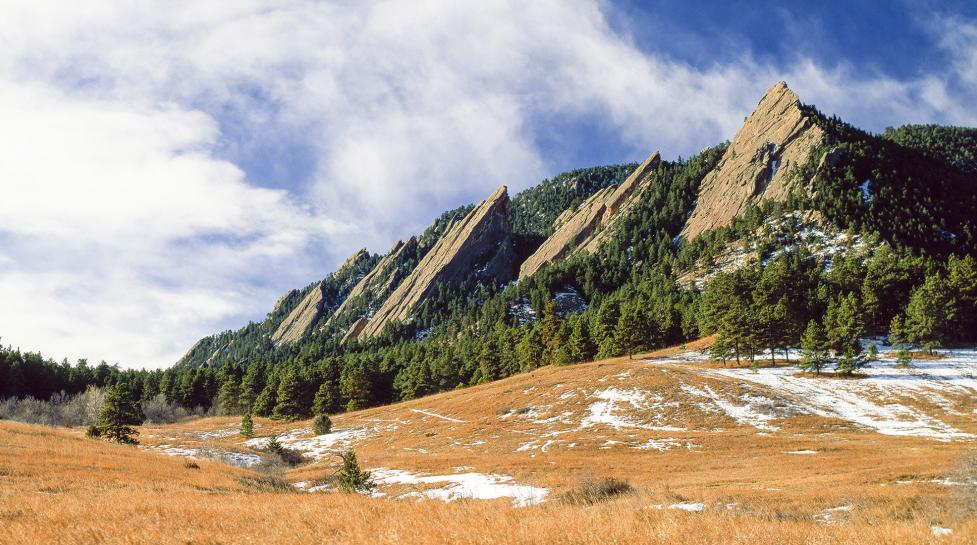Forestry crews assessing public trees after hurricane-force winds rip through Boulder causing damage
Staff are assessing any damage throughout the city to public trees
On Thursday, Dec. 30, Boulder County experienced two major fires in extreme proximity to the City of Boulder: the Marshall Fire and the Middle Fork Fire. The City of Boulder itself experienced winds in excess of 100 mph on Dec. 30. These hurricane-force winds resulted in damage to property located within the city and impacts to public and private trees.
Within 24 hours, debris was covered in snow with more snow in the forecast later this week. Snow loads can cause an already weak or damaged tree to come down long after the snow has melted.
Staff are assessing any damage throughout the city to public trees and encourage residents to do the same for privately-owned trees.
The impacts of this storm are not to the extent to warrant a city-funded debris clean-up and the city will not pick up downed branches. If there are broken branches on your property, please take them to Western Disposal, 5880 Butte Mill Rd.
Community members may also place branches out for curbside compost. Put smaller branches inside curbside compost collection bins and larger branches can be cut and bundled to spans less than six-feet long by three-feet wide. This debris will be collected as part of the city’s curbside compost collection program on the regularly scheduled collection day for that property. Once the snow is clear, community members should follow the guidelines below when dealing with snow- and wind-damaged trees:
- Check for hazards. Before approaching a tree, examine your surroundings to avoid contacting downed utility lines or standing under broken, hanging branches. Contact your utility company if a tree is affecting power or other utility lines.
- Contact the city, if necessary. Tree pruning and removal for trees between the street and a city sidewalk may be the responsibility of city crews. If a public tree has any large hanging branches or if a public tree fell in the wind Let the city know about them via Inquire Boulder.
- Assess the damage. If a tree is healthy overall and still possesses its leader (the main upward branch), most of its major limbs, and 50 percent or more of its crown, the chance is good for a complete recovery.
- Be careful knocking snow off branches. This may cause the branches to break. If you must remove snow, gently push up on branches from below to prevent adding additional stress.
- Remove broken branches. This minimizes the risk of decay, insects or diseases entering the wound. Prune at the branch collar – the point where a branch joins a larger one – and be mindful of potential pent-up energy if the branch is twisted or bent. Learn more about pruning techniques.
- Don’t over-prune. With the loss of some branches, a tree may look unbalanced, but most trees quickly grow new foliage that hides bare areas.
- Don’t try to do it yourself. If pruning or tree removal is needed, consider contacting a licensed certified arborist.
Since the city will not be conducting a branch cleanup, methods to dispose of branches from private property include:
- Place branches that fit inside curbside compost collection bins. Branches may also be bundled: bundled branches must be no more than 6 feet long, 3 inches in diameter and cannot weigh more than 35 pounds. All materials outside of the cart must be in compostable bags and/or branches must be bundled to avoid extra charges. Residents should consult their trash service provider for specific instructions. This debris will be collected as part of the city’s curbside compost collection program on the regularly scheduled collection day for that property.
- Take tree branches to Western Disposal, located at 5880 Butte Mill Rd.
- Contact a licensed arborist to pick up or chip branches.
For more information about the city’s snow and ice program, including answers to frequently asked questions, visit the city’s webpage.
